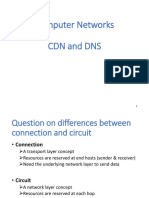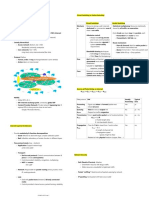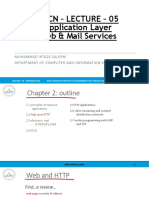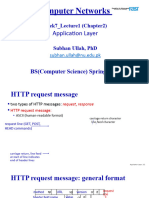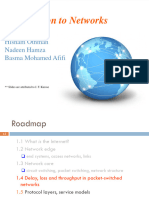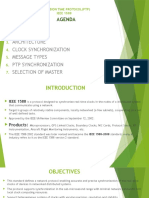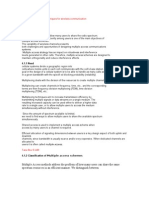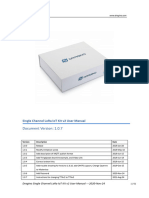0% found this document useful (0 votes)
61 views35 pagesLecture 4 Slides
The document discusses HTTP and web caching, explaining that HTTP is stateless while cookies allow servers to maintain state about users, and that web caches like proxy servers aim to satisfy client requests without involving origin servers in order to reduce response times and traffic on access links. Persistent HTTP connections allow multiple objects to be sent over a single TCP connection between client and server.
Uploaded by
sh6k2hr6w8Copyright
© © All Rights Reserved
We take content rights seriously. If you suspect this is your content, claim it here.
Available Formats
Download as PDF, TXT or read online on Scribd
0% found this document useful (0 votes)
61 views35 pagesLecture 4 Slides
The document discusses HTTP and web caching, explaining that HTTP is stateless while cookies allow servers to maintain state about users, and that web caches like proxy servers aim to satisfy client requests without involving origin servers in order to reduce response times and traffic on access links. Persistent HTTP connections allow multiple objects to be sent over a single TCP connection between client and server.
Uploaded by
sh6k2hr6w8Copyright
© © All Rights Reserved
We take content rights seriously. If you suspect this is your content, claim it here.
Available Formats
Download as PDF, TXT or read online on Scribd
/ 35









